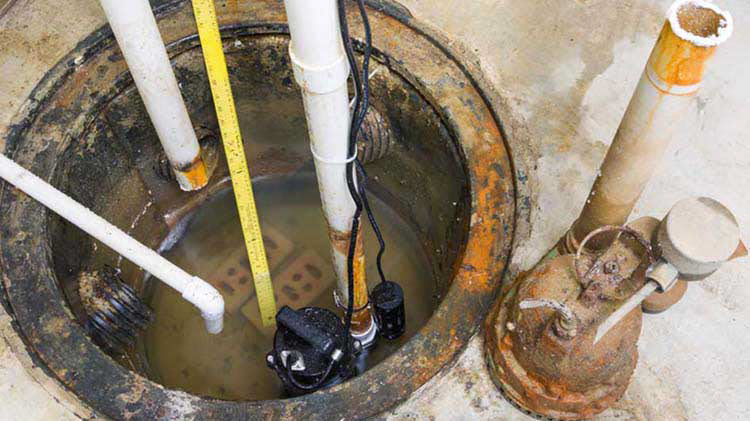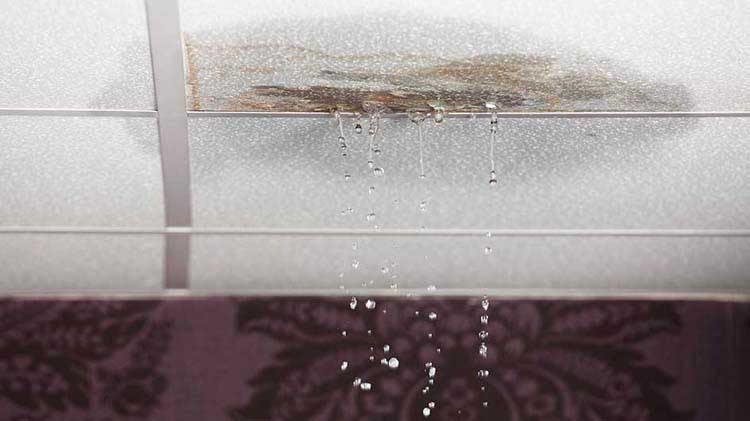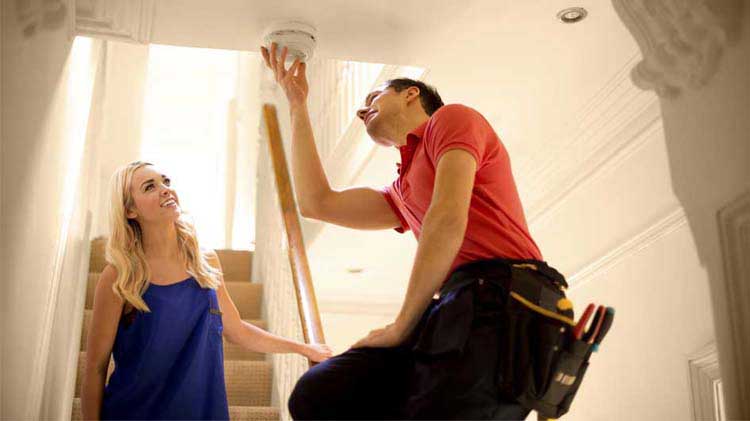Water in the basement
Help reduce sewer or drain losses in your basement by checking drainage, installing a sump pump and reducing backflow.
No one wants to experience a sewage backup in their home. Considering how much damage can be caused by water in your basement, it makes sense to spend some time testing out your drainage system and addressing any problems before a catastrophe occurs.
Here are a few ways to help keep your basement clean and dry.
Test your drainage system
A few hours of work could help you avoid a wet basement. Review this drainage checklist to help get you started:
- Your home's gutter downspouts should extend at least 10 feet away from the foundation of the house so water can be carried away from basement walls.
- Clear your gutters at least twice a year to help prevent them from overflowing. Leaves and debris can clog gutters and might send water back toward your roof, walls or foundation.
- Gutters and downspouts should not be connected to municipal sewage lines.
- Your yard should be graded to slope away from the house so surface water doesn't pool by the foundation.
- If your gutters connect to storm sewers, keep drain lines clear.
Consider sump pumps
Sump pumps help remove water from a reservoir in your home.
There are several types of sump pumps, including single sump pumps and dual-level systems, which employ a backup pump. Usually, batteries or a generator can be used to power the backup sump pump in case of a power failure. A backup will typically need to be changed every 7 to 10 years.
If you'd like to get a sump pump for your home, check with your local plumbing contractor or building code official for additional requirements.
Prevent backflow
Backflow is the reversal of water in any plumbing system. It can lead to undesirable basement leaking and flooding.
Some homes are equipped with check valve devices that allow water and sewage backup to flow away from the drain, preventing water and sewage from backing up into the drain. Gate valve devices operate like a gate, closing and shutting off the flow of water and sewage.
Drain plugs and standpipes can also be used to prevent backflow. Both are relatively inexpensive solutions, but also come with their own risks. Drain plugs seal off the flow of water but can cause an overflow to occur at the next opening in the system. Standpipes, or vertical pipes connected and sealed to a drain, can contain minor overflows and act as safety valves, but can only contain backflow up to their height, usually just three feet.
If you think you're having problems with backflow, contact a plumber or contractor immediately.
Help keep water out of the basement
Here are some ways to help prevent water seepage:
- Waterproof basement walls, both interior and exterior facing.
- Apply concrete coatings and sealers, waterproofing paint or plastic sheets to interior walls to help prevent condensation.
- Apply caulk or cement to cracks in the foundation.
- Build up the soil around your house to drain water away from your home. Over time, the dirt settles and water can run directly into your basement.
- Replace dated water heaters and worn out pipes to help avoid a flooded basement.
Additional precautions
Sometimes water still gets in even when you take precautions. Here are a few things you can do to help minimize damage:
- Keep items that are stored in the basement on shelving units or off the floor.
- Consider replacing cardboard boxes with sturdy plastic containers for storage.
- Place furniture on casters or shims and arranged away from floor drains.
- Consider installing water leak detection systems in your home so you can address a water leak as soon as it happens.
Check with your local building code department, water utility or a qualified plumber for more information on steps you can take to help reduce the chance of water damage to your home. And talk to your local insurance agent to see if backup sewer and drain coverage is provided by your homeowners policy.




